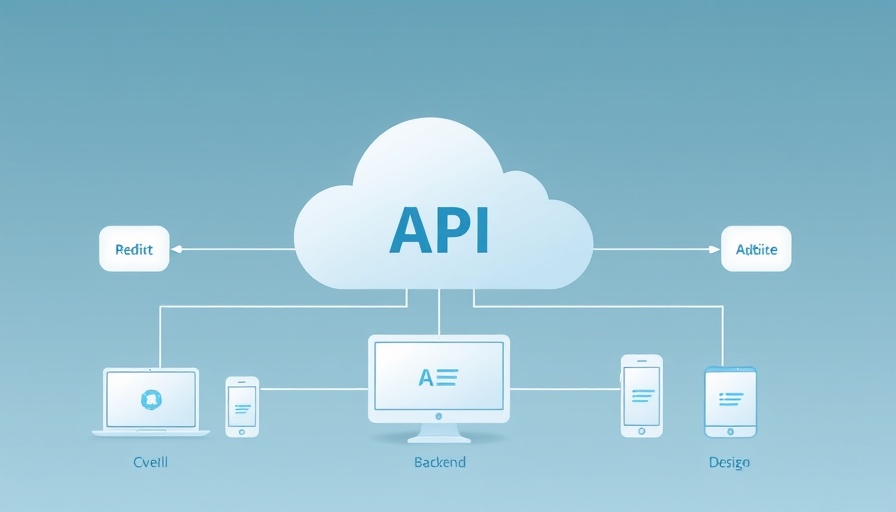
Understanding AI Agents: Catalysts for Intelligent Automation
Artificial Intelligence (AI) stands out as one of the most transformative technologies of the 21st century. Among its many facets, AI agents are emerging as pivotal components in various industries, revolutionizing how we interact with technology. Recognizing their capabilities, applications, and potential implications has never been more crucial as we navigate an increasingly automated landscape.
What Exactly is an AI Agent?
In essence, an AI agent is a software entity designed to perceive its environment, make autonomous decisions, and take action towards the achievement of specific goals. These sophisticated systems operate with a degree of independence, often learning and evolving from continuous data interactions. Each AI agent integrates components such as sensory inputs (to observe), decision-making capabilities (to reason), and actuators (to execute actions).
The Intriguing Components of AI Agents
The functioning of AI agents can be better understood by examining their core components:
- Perception: AI agents gather data from their surroundings using sensors. For instance, a digital assistant interprets voice commands through speech recognition.
- Decision-making: After data collection, AI agents process information using algorithms to facilitate choices. This can range from basic programming (if-then rules) to advanced AI models trained on extensive datasets.
- Action: Once a decision has been made, the AI agent executes an action; be it responding, recommending, or moving objects like robotic limbs.
- Learning: Many AI agents utilize machine learning to enhance their effectiveness over time by analyzing feedback and adjusting their behaviors.
Exploring Types of AI Agents
AI agents can be classified according to their complexity and capabilities. Here are some common types:
- Simple Reflex Agents: These operate on straightforward rules and lack memory of past interactions.
- Model-Based Agents: By maintaining an internal representation of their environment, these agents make more nuanced decisions.
- Goal-Based Agents: Focused on achieving specific objectives, they evaluate actions based on their goal-oriented effectiveness.
- Utility-Based Agents: These agents prioritize actions that maximize expected benefits.
- Learning Agents: Built to continually improve based on prior experiences, the best examples include recommendation systems and self-driving vehicles.
Real-World Applications That Are Changing Lives
AI agents are not just theoretical constructs; they are already making a significant impact across various sectors. Some prominent examples include:
- Digital Assistants: Virtual assistants like Siri, Alexa, and Google Assistant are quintessential AI agents that manage tasks, understand natural language, and perform functions at the user's direction.
- Healthcare Automation: AI agents are used to monitor patients, analyze symptoms, and even assist in diagnoses based on real-time data.
- Financial Services: From algorithmic trading to personalized financial advice, AI agents streamline financial processes and improve service delivery.
- Robotics: In manufacturing and logistics, AI agents control robotic systems that facilitate faster production flows and inventory management.
The Ethical Landscape Surrounding AI Agents
As AI agents integrate deeper into our daily lives, ethical considerations must follow suit. Issues related to data privacy, algorithmic biases, and the implications of automation on employment are significant. While AI agents can enhance efficiency, they may also raise questions about accountability—who is responsible when an AI agent makes a mistake?
Furthermore, transparency in AI decision-making is necessary to ensure user trust. Ethical frameworks guiding the implementation and operation of AI agents will be paramount in addressing these concerns.
Future Predictions: The Road Ahead for AI Agents
The potential for AI agents is vast, and their evolution presents a myriad of opportunities and challenges. Industries that adopt AI agents stand to benefit from increased efficiency and improved customer engagement. However, this rapid advancement must be balanced with careful consideration of societal impacts and ethical boundaries.
In the future, we can expect to see a rise in collaborative AI agents working alongside humans, broadening the scope of automation. From smart homes to sophisticated industrial processes, AI agents will redefine productivity standards. Continuous advancements in AI will likely open new markets and unexpectedly innovative applications.
Final Thoughts: Embracing the AI Agent Revolution
Understanding AI agents is crucial not only for technology enthusiasts and businesses but for society at large. As we approach an era where intelligent automation becomes commonplace, being informed about the capabilities, risks, and benefits of AI agents will empower individuals and organizations alike.
With the right approach, we can harness the power of AI agents to drive innovation while navigating ethical complexities thoughtfully. Stay tuned, as the future of intelligent automation unfolds before us.
 Add Row
Add Row  Add
Add 




Write A Comment